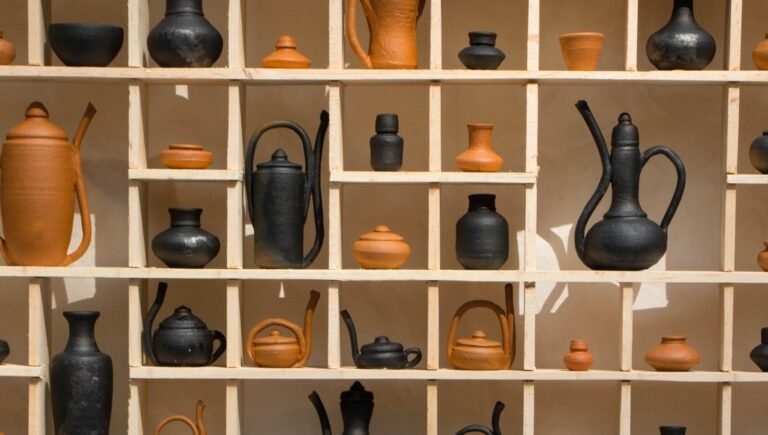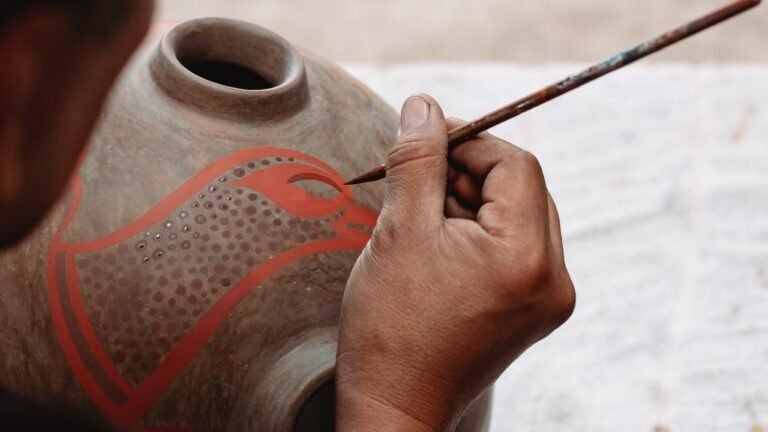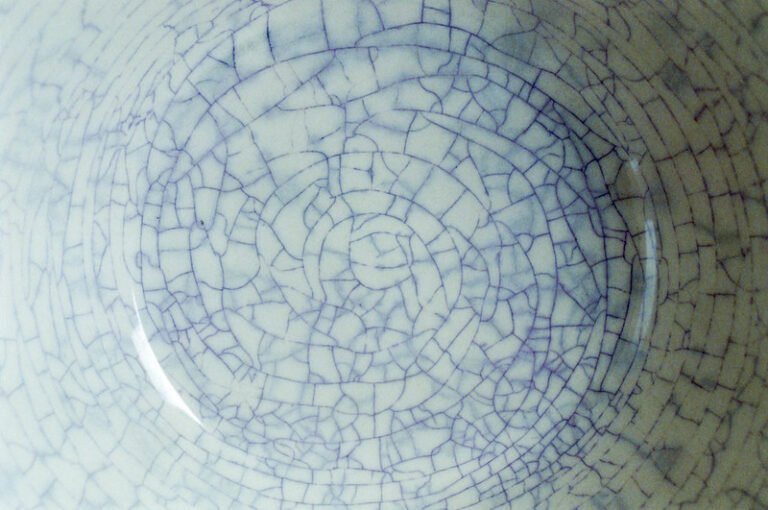Is Polymer Clay Toxic? Quick Facts!
Polymer clay is a modeling clay or art. It is a man-made plastic, made from polyvinyl chloride (PVC) resin and plasticizer. It is versatile clay. You can make jewelry, pendants, toys, etc. It is easy to work with it for making crafts and arts. But is polymer clay toxic? How toxic is polymer clay?
Polymer clay can be toxic or non-toxic. Its elements like PVC and plasticizers are man-made. PVC is harmful to health. It has chlorine, ethylene, and many hazardous substances. Plasticizer makes the plastic more plastic. The clay has dust, which creates dangerous lung diseases. But, the good news is, that many craft brands are using non-toxic elements to make polymer clay nowadays.
Yet, if you find polymer clay crafts useful for you, you should know more about them. I will talk about how useful it is for you, your children, your pets, and the environment.
Is Polymer Clay Environmentally Friendly?
I have said before that polymer clay is a man-made product. Man-made products are less environmentally friendly than natural products. There are liquid plasticizers and PVC (Polyvinyl chloride) resin. PVC and plasticizer together make plastisol, which is categorized also as plasteel.
However, you can say polymer clay is environmentally friendly or not from its elements. PVC is known as one of the most toxic plastics. It is one of the most widely produced plastic polymers. It is neither good for your health nor the environment. It is made from chlorine, ethylene, and carbon which are harmful chemicals to the environment.
Another element of polymer clay is plasticizers. The plasticizer is a chemical used for making a substance more plastic. It gives a softer and more bending effect to the substance. Many plastic products are using plasticizers nowadays. Plasticizers are harmful to the environment, especially children’s toys and medical equipment. That’s why most of the brands are using non-toxic citrate-based plasticizers for making polymer clay. The benefits of using it are that it is not only non-toxic but also safe for children. As children have a tendency to chew toys, it is safe to use polymer clay made from citrate-based plasticizers.
Is Polymer Clay Biodegradable?
Biodegradable means something degradable. It means a substance can be degradable or break down into natural elements in the environment. When you throw away any products after so long of use, they will degrade into carbon dioxide, oxygen, and minerals. Gradually, it will mix with the earth. There will be no toxic substance behind it. A biodegradable item doesn’t cause harm as it mixes back into nature. Now the question is, is polymer clay biodegradable?
To be a biodegradable item, its elements need to be degradable. Let’s check how far the polymer clay elements are biodegradable:
PVC: PVC is a strong material, resistant to sunlight, oil, chemical, flame resistant, and weathering. To make PVC, there is a need for 57% chlorine. In a word, PVC is not degradable or biodegradable. The items made from PVC will keep their form for decades. There will be little breakdown- the pieces become smaller. If any animal ingests these pieces, its digestive tracts will be blocked. Though 1% of PVC is currently recycled, it is dangerous for your and your children’s health.
Plasticizer: Another element of polymer clay is a plasticizer. Nowadays many brands are using citrate-based plasticizers. These plasticizers are made of esters of citric acid. They are in oil form, odorless, and colorless. They are biodegradable, have good miscibility, resistance to leaching, and water. It is a non-toxic element and safe for your children’s toys.

Is It Bad To Inhale Polymer Clay Dust?
While working with polymer clay, things like dust hinder its shape. It is like huge pieces of fiber stuck on clay. There are also lint, hair, and more particles like dust. This dust comes from animals, indoors, outdoors, clothing, carpet, furnishings, and more. Now the conscious is it bad to inhale the dust?
Before finding it, let’s find out the elements inside the polymer clay. Silica is one of the major substances in clay. And silica inhalation is dangerous for your health. A lung disease called silicosis is caused by the inhalation of silica. Besides silicosis, there are chances of pulmonary tuberculosis, lung cancer, and airway disease.
In the clay, there remains crystalline silica. The effect of crystalline silica on your health is lung damage. If you inhale crystalline silica, the symptoms of silicosis may arise in your health after a few years.
It depends upon the quality of the clay. If you buy low-quality clay, it would create huge dust and hair that is not okay to inhale. So, try to buy good-quality materials for your crafting.
Related: How To Paint Polymer Clay? Easy Guide!
Is Polymer Clay Toxic To Dogs?
Polymer clay is not a natural material. It is made from PVC, plasticizer, and more man-made materials. So, at the first point, it is harmful to dogs.
The second point is that brands are using non-toxic elements for making polymer clay nowadays. They label the clay as non-toxic. So, if a dog eats this type of labeled clay, it is less concerning.
The third point is, If you are raising a dog or any other animal, it is your responsibility to take care of them. Though these polymer clays are labeled as non-toxic, still they are plastic. And plastic is never good for animal indigestion. It may cause vomiting and diarrhea in the first case. And if it ingests very much clay, then there may be stomach problems. Overall, it would be best if you kept away these types of clay from your dog. Health is more important than crafting.
To make better crafting, it should not only be beautiful but also non-toxic. If you want to ensure non-toxic crafting, buy good quality, non-toxic labeled polymer clay. Try to make the craft in a better, clean process. Keep away all crafting materials from your children and pets. If they chew the clay, it may harm their health. Bake the polymer if needed. Try to wear a mask, gloves, and other essentials while making the craft.







